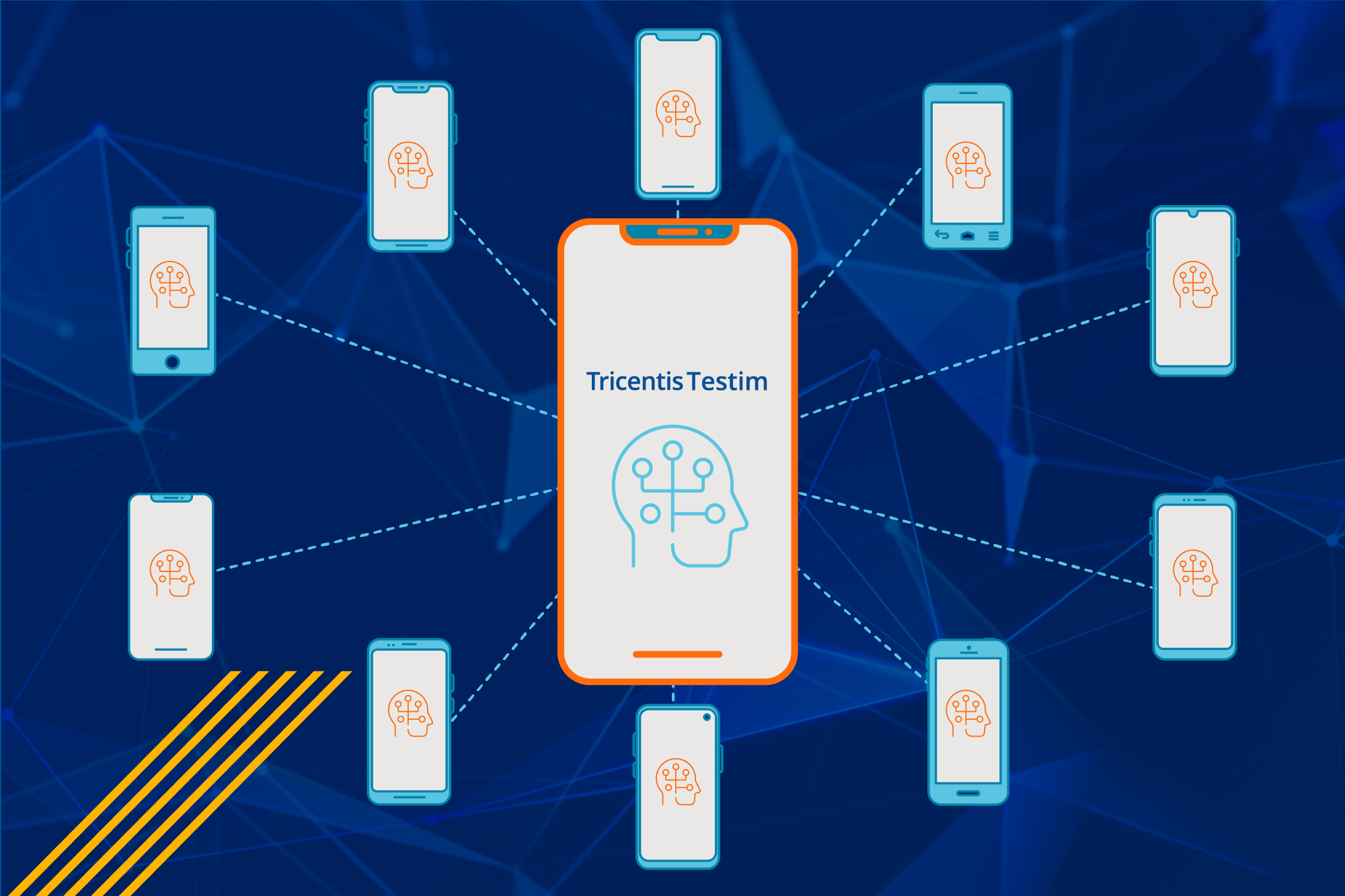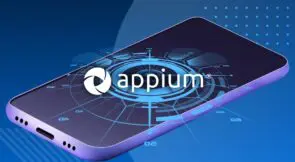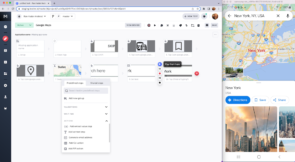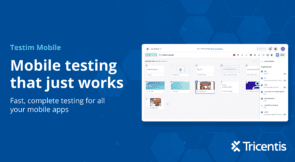So far, we’ve talked about the history of mobile, and we’ve talked about today’s mobile testing tools and how we can develop applications with them. Now let’s talk about Tricentis Testim Mobile a bit more in-depth.
Testim Mobile emerged from Tricentis’ acquisition of TestProject and Testim. TestProject was an open-source tool that helped people automate tests for mobile apps, and Testim is a product designed to help people test their web-based applications. By integrating the technology behind TestProject into Testim, Tricentis made it possible for Testim customers to test their mobile applications alongside their web-based project — a true one-stop shop.
Imagine that the product you’re working on is a web-based/native app. In the future, you plan to add support for a native/web-based app. With Testim Mobile, you can start authoring tests from the beginning without the need to learn a new mobile testing tool.
Key features in Testim Mobile
We’ve already seen how TMA helps us author tests on our mobile apps, but let’s talk about upcoming features:
- Machine learning (ML) model: Our ML models continue to evolve. Several new approaches like image-based, closest texts and other features that will keep on getting better and better to make your tests less flaky.
- Vision-based mode: – As we mentioned before, one way to create an app is by using a web view. A kind of application that uses a browser to show an HTML, CSS, and JS application which for the normal user is the same. With that approach, you can keep writing your app with the web-based app stack. The problem is that with web-view, Appium has some issues. For that, our algo team crafted some magic – Vision-based mode. Vision does not rely on the DOM like Appium but captures a screenshot of the app, recognizes the elements using AI, and allow the user to interact with the elements: tap, slide, etc., etc. The other cool thing is that sometimes developers treat elements incorrectly – using a text input to display a dropdown (which is more of a web application approach). That led to some issues with several applications but with vision-based we overcome this issue
- Better interaction with the mobile grid – We introduced a virtual mobile grid that removes the need for TMA and the tricky configuration. This will allow users to pick a device, wait for the session to start, and start recording the test. We are planning on providing a better experience when it comes to installing the app on the virtual device with better errors and in the future, we will have better debugging of the test: viewing the network logs, viewing the video of the test execution and show which step was executed in which time. Stay tuned, this will be cool.
How can I understand mobile development better?
If you’re a mobile developer, I hope you enjoyed this series. But if you’re a web developer, this world might look a bit scary. I need to compile an application? Using an emulator? With new tools for mobile testing?
For us web developers, all of this is out of our comfort zone. So how do we understand the technology? By developing an app in Testim Mobile. As I created the app, I began to understand my missteps. Then I created a second app more successfully — a shiny one that incorporated best practices and was a replica of the DoorDash app.
In conclusion
Testim Mobile represents a significant advancement in mobile testing, born from the integration of TestProject and Testim by Tricentis. With features like machine learning models for stability, vision-based mode for interaction, and a virtual mobile grid for device management, it offers a seamless transition for users from web to mobile app testing.




